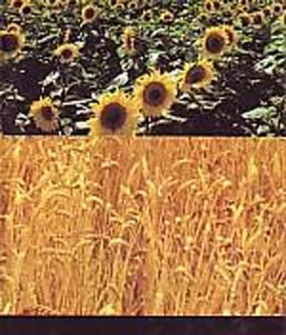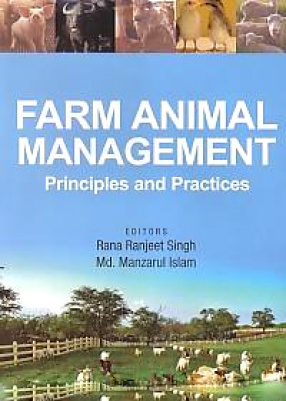This is the first Red Data Book on Indian Animals containing data in synoptic form on vertebrate species (except fishes) threatened with extinction in India. This Red Data Book has primarily been compiled on the pattern of the IUCN Red Data Book. As already decided by the IUCN, instead of the loose leaf system, this publication has been brought out as a bound volume. The categorisation in the Red Data Book has been made according to the latest criteria of IUCN (1993) as extinct, critical, endangered, vulnerable, rare, and insufficiently known. The categorisation has been done on the basis of the population-size or the degree of threat within the Indian union and not on the basis of its status throughout its range outside the country. Although for many species there is no factual information on the exact population size, the status has been retained on the basis of the experience of zoologists and naturalists in the country. The species-account follow the standard IUCN Red Data Book format, with a few modifications. A brief description of each of the species has been included as ‘diagnostic characters’, since many species may not be familiar to all readers. Background: "Zoogeographically, India belongs to the oriental realm, but the Ethiopian and Palaearctic elements are also found here, partly because of the invasion of the fauna and flora from other areas and partly by man who has also contributed to this diversity. The geographical area of India is about 329 million hectares and its coastline stretches to nearly 7000 km. The climate ranges from temperate to arctic in the Himalaya, to tropical and subtropical in the Indo-Gangetic plains and the peninsular region. The vegetative cover is rich and of varied type, consisting of all types of forests and a vast expanse of grasslands, each with its teeming millions of fauna characteristic of these habitats. The Thar desert in western Rajasthan is the hottest and most hostile. The annual rainfall varies from about 100 mm in the desert (Rajasthan) to as high as 5000 mm, in Meghalaya. The ecology of major regions of India is, however, largely dependant on the rainfall. Based on the habitats, India has been divided into the following biogeographical regions (Rodgers & Pawar, 1988) : trans-Himalayan, Himalayan, Indian desert, semi-arid, western ghats, Deccan peninsula, Gangetic plains, north-east India, islands and coasts. Though the area of the country is only about 2% of world’s total land mass, India harbours as much as 6.67% of all known species of animals. Based on the information available, the Indian fauna comprises a little over 81000 species including the Kingdom Protista. Of these, the insects constitute about 53430 species, molluscs a little over 5000 species, mammals 372, birds 1228, reptiles 446, amphibians 204 and fishes 2546. These include 77 species of mammals, 55 species of birds, 20 species of reptiles, one species of amphibia and a large number of insects and other invertebrates which are threatened with extinction, to varying degrees. Scope: "This Red Data Book primarily deals with the animal species (mammals, birds, reptiles and amphibians) included in schedule I of the Indian Wild Life (Protection) Act, 1972 and its subsequent amendments till date. However there are a few exceptions. Due to the vast experience of the scientists of the Zoological Survey of India in the field a few more species other than those which are mentioned in schedule I have also been included. Similarly, a few taxa which were originally placed in schedule I, but subsequently transferred to schedule II without sufficient justification, get a place in this book. In this volume, 75 species of mammals, 44 species of birds and 19 species of reptiles belonging to schedule I, two species of mammals and one species of amphibian belonging to schedule II, and eleven species of birds and one species of reptile not included in any schedule but whose status is endangered or rare, have been included.

Vertebrata: Mamalia, Aves, Reptilia and Amphibia (Part 1)
In stock
Free & Quick Delivery Worldwide
reviews
Bibliographic information
Title
Vertebrata: Mamalia, Aves, Reptilia and Amphibia (Part 1)
Edition
1st ed.
Publisher
Length
534p.
Subjects



There are no reviews yet.